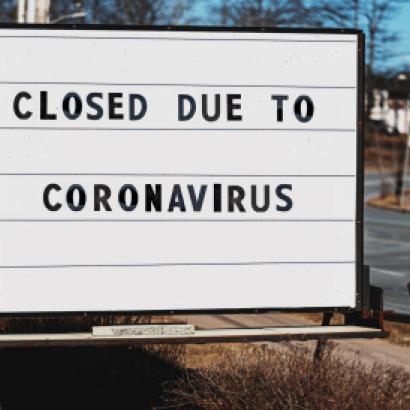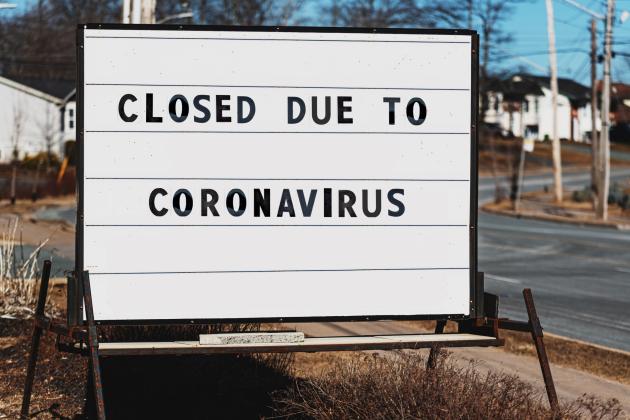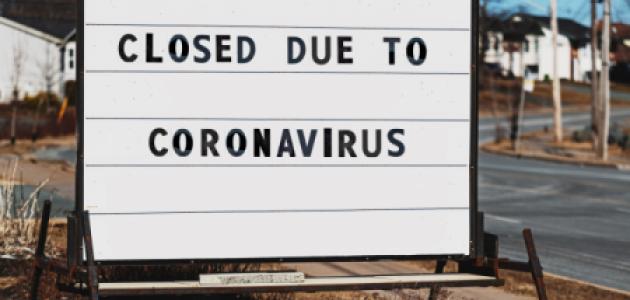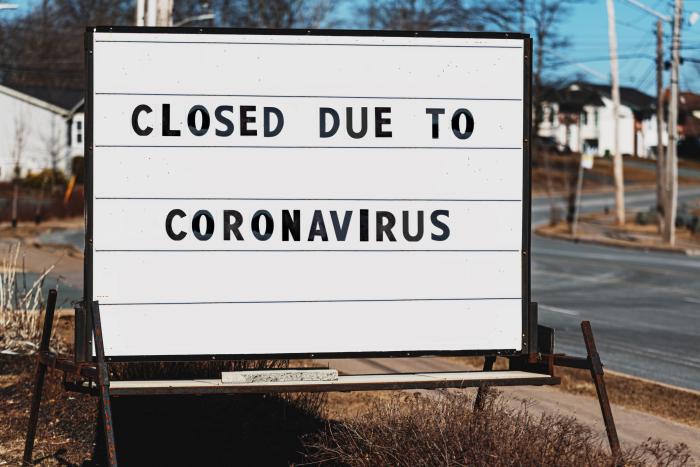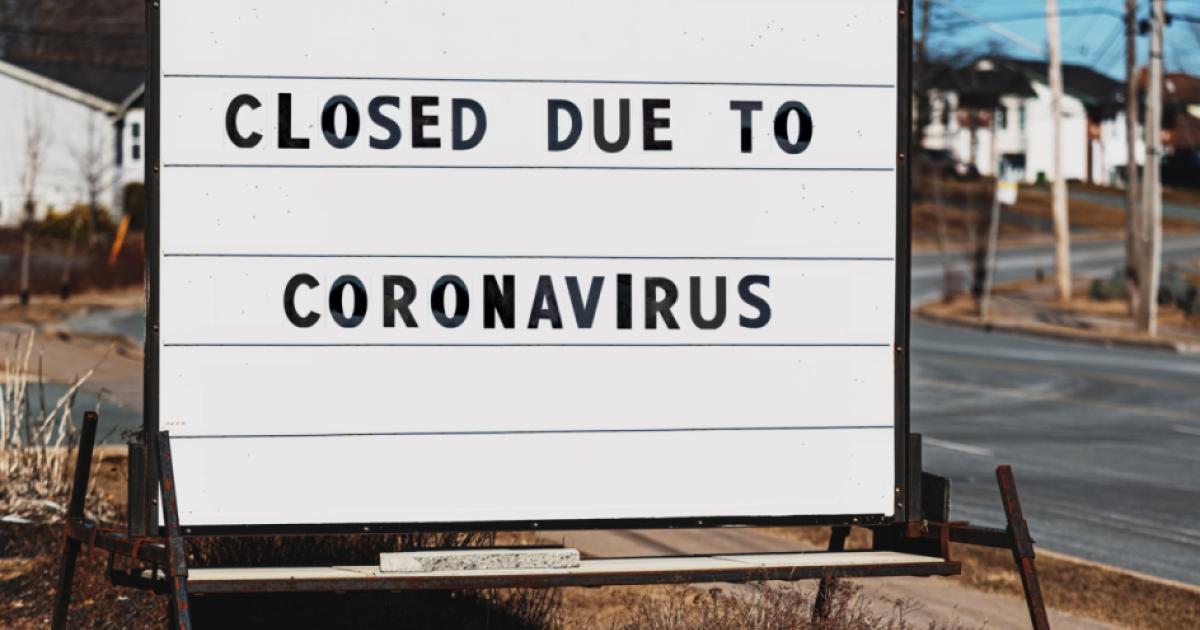Fear is a powerful driver of public policy.
Ordinarily, that is not greatly troubling. We have speed limits, food sanitation laws, and many other regulations based on rational fear of harm.
Sometimes in extreme circumstances, such as the COVID-19 pandemic, fear is so pronounced that it leads government officials to declare an emergency, which under various enacted laws expands their powers to meet the crisis.
We have probably all been surprised, even before the pandemic, at the number of emergency powers Congress has extended over the years to the president. Likewise, governors and even mayors have exercised sweeping emergency powers in the face of the public health crisis.
But are those powers still bound by the Constitution, or do government’s constitutional powers expand in times of emergency? This question has been fiercely debated in presidencies spanning from Lincoln’s to Trump’s.
Few questions of constitutional law have categorical answers, but this one does: In our constitutional republic, emergencies do not expand the boundaries of constitutional authority.
The U.S. Constitution bestows enumerated powers upon Congress and the president. By its text, only one power expands in emergency: the writ of habeas corpus may be suspended in time of rebellion or invasion. The remaining powers and limits are firmly set.
Likewise, the individual rights enumerated in the Constitution do not contain emergency exceptions.
For states, the matter is somewhat different. As the organic units of American government, the states alone inherently possess the “police power” to regulate for public health and safety. By virtue of the Tenth Amendment, those powers not expressly delegated to the national government remain with the states or the people. Local governments, in turn, derive their powers from the state.
But state powers are not without limits: not only does the U.S. Constitution protect individual rights against abuses by state and local governments, but state constitutions provide greater protections of individual rights and stricter constraints on government power than do their national counterpart.
Two U.S. Supreme Court cases from the last century illustrate the debate over the expansion of government power in emergencies and its ultimate resolution. The first is one of the most reviled and discredited cases in the history of American jurisprudence: Korematsu v. United States.
Following the attack on Pearl Harbor, President Franklin D. Roosevelt, acting on his powers as commander in chief of the armed forces and later authorized by Congress, issued an order allowing exclusion of people from certain domestic military zones. In turn this led to military orders requiring internment of Japanese-Americans. Twenty-three-year-old Fred Korematsu refused to leave his home and was forcibly removed.
By a 6-3 vote, the Supreme Court upheld the internment as a “military imperative” based on reasonable fear: “There was evidence of disloyalty on the part of some, the military authorities considered that the need for action was great, and time was short.”
The “compulsory exclusion of large groups of citizens from their homes,” the majority recognized, ordinarily “is inconsistent with our basic governmental institutions.” But the perceived emergency expanded the government’s constitutional powers: When “our shores are threatened by hostile forces, the power to protect must be commensurate with the threatened danger.”
In a dissenting opinion that Justice Antonin Scalia would later say was his favorite ever written, Justice Robert H. Jackson acknowledged the exigencies of war, but rejected the notion that constitutional rights shrink in their shadow. Jackson believed that the order, based on national origin, violated the due process rights of those forced to leave their homes. But he took the longer view: “a judicial construction of the due process clause that will sustain this order,” he urged, “is a far more subtle blow to liberty than the order itself.”
Jackson reasoned that the military order, noxious though it was, would expire with the perceived emergency. “But once a judicial opinion rationalizes such an order to show that it conforms to the Constitution,” Jackson warned, “the principle then lies about like a loaded weapon, ready for the hand of any authority that can bring forward a claim of an urgent need.”
The appeal of a strong response to crisis can be so alluring that both Justice Hugo Black, a fervent constitutionalist, and Justice William O. Douglas, a renowned civil libertarian, joined the Korematsu majority. But both justices may have experienced buyers’ remorse, because only eight years later they joined another 6-3 majority, this time expressly repudiating the notion of boundless executive power in time of crisis.
In the midst of the Korean War, President Harry S. Truman feared that a threatened national strike would shut down the vital steel industry. Rather than use authority provided by Congress to avert the strike, Truman issued an order seizing the steel companies and requiring company managers to operate them to supply the war effort.
Truman defended his orders as commander in chief and under the president’s inherent powers. In Youngstown Sheet & Tube Co. v. Sawyer, the Court rejected those arguments. “In the framework of our Constitution,” the Court declared, “the President’s power to see that the laws are faithfully executed refutes the idea that he is to be a lawmaker.”
This time Justice Jackson was in the majority. He noted that when the president acts pursuant to congressional authority, his power is at its apex---but even then it is bound by the Constitution. As commander in chief, he controls its military forces, Jackson wrote, but is not thereby “also Commander in Chief of the country, its industries and its inhabitants,” and must exercise his powers “consistent with a constitutional republic.”
As to inherent presidential authority, Jackson observed, this was “something the forefathers omitted” from the Constitution. They “knew what an emergency was, knew the pressures they engender, knew, too, how they afford a ready pretext for usurpation,” Jackson argued. “We may also suspect that they suspected that emergency powers would tend to kindle emergencies.”
The president’s order, Jackson concluded, “represents an exercise of authority without law.” Truman promptly returned control of the steel companies to their owners.
The Youngstown steel case and others like it illustrate the principle that emergency powers, though broad and often justified by law, are always limited by the Constitution. Whether a constitution for a free people will endure is measured by its vitality in times of crisis; and so far, thankfully, ours has withstood many challenges. Still, the debate over whether constitutional powers expand in emergency persists.
But those seeking to invoke the expansive presidential power articulated in Korematsu are out of luck. In 2018, when the Supreme Court divided bitterly over presidential authority in a case called Trump v. Hawaii, all nine justices agreed on one thing: after nearly 75 years, Korematsu should be relegated to the jurisprudential dustbin. As Chief Justice John Roberts aptly put it, “Korematsu was gravely wrong the day it was decided.” And so was its notion of unbounded executive power.
Clint Bolick is a justice on the Arizona Supreme Court and a research fellow with the Hoover Institution. He teaches constitutional law at the Arizona State University Sandra Day O’Connor School of Law.








